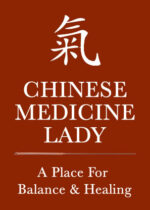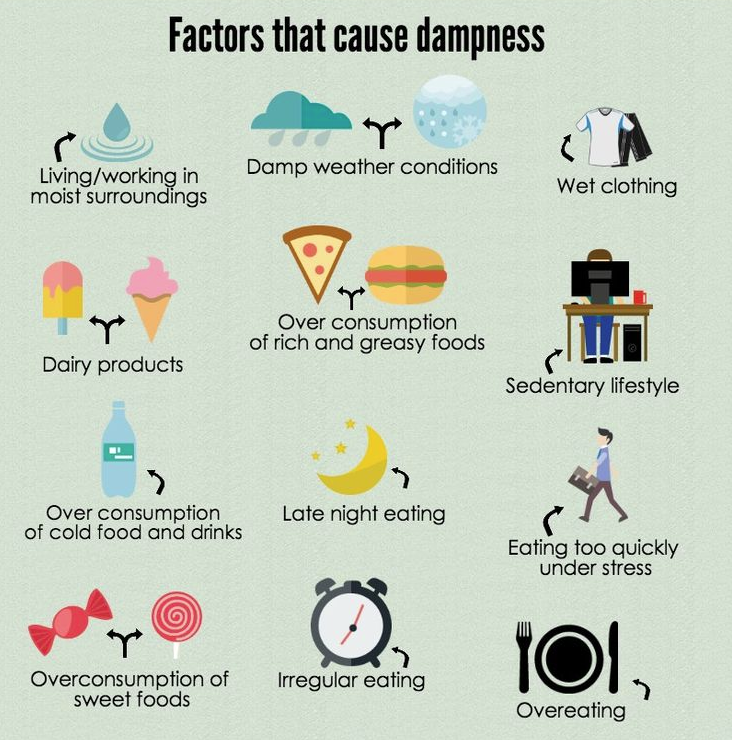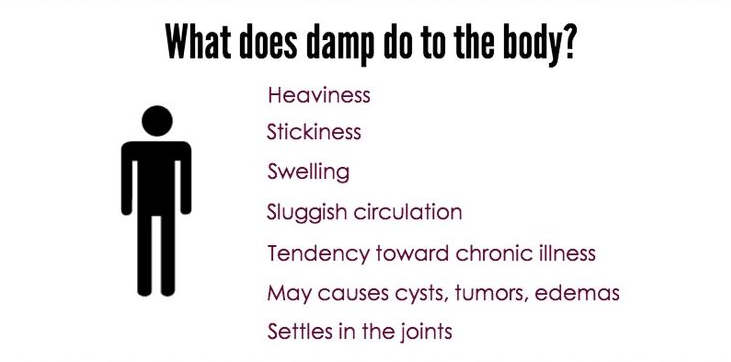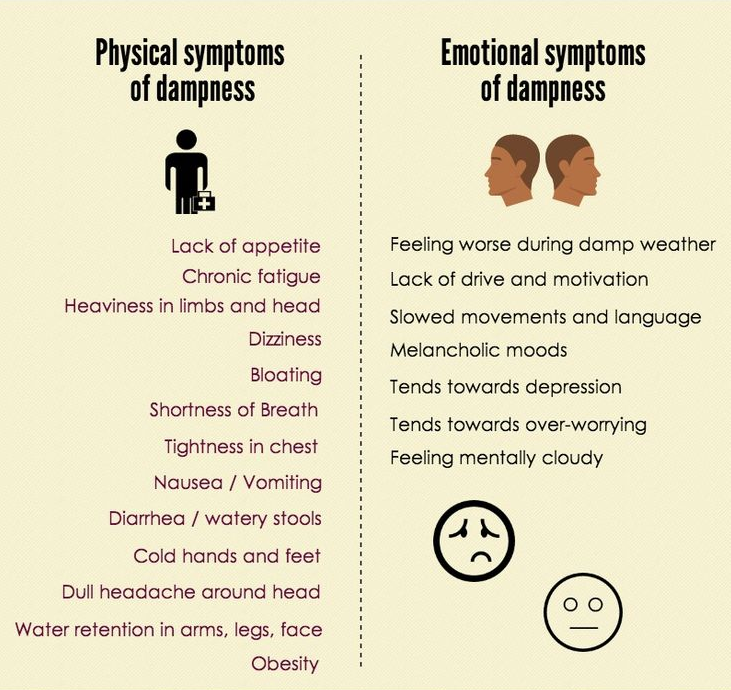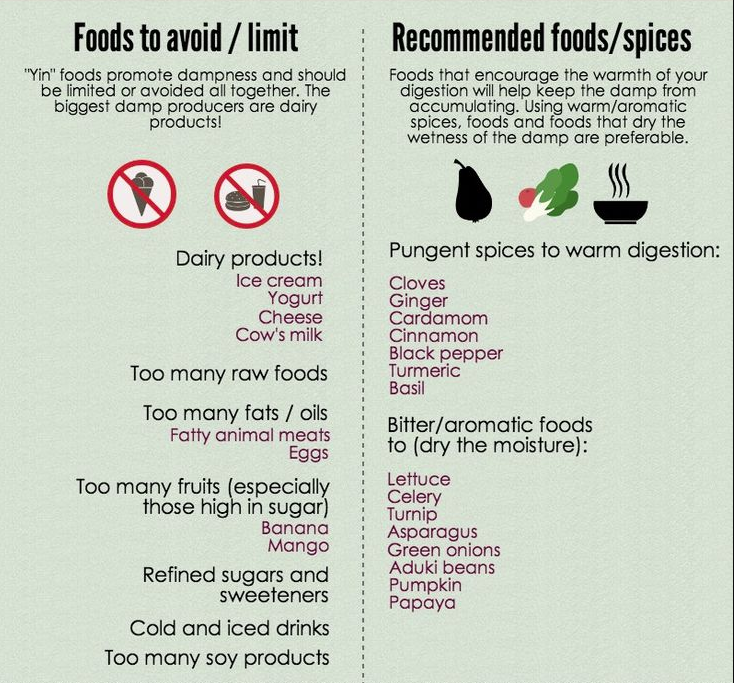Dampness – Traditional Chinese Medicine Approach
Traditional Chinese Medicine recognizes different influencers on the energetic and physical systems of our bodies, such as Wind, Heat and Dampness.
One of the most central concepts of TCM is that of the intimate connection between the body and the environment. The physiology of the cells, tissues, organs and the meridian system of the body, is in dynamic internal equilibrium and constantly adjusts to the changes of the external environment.
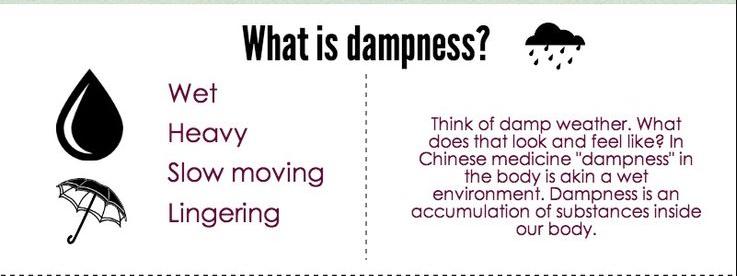
If the body is not able to cope with changes in the environment, internal equilibrium will be lost and disease will possibly result.
Dampness is a condition existing within the body.
We can understand it as a reflection of dampness as it occurs in nature. Dampness arises from the body being affected in several ways. It can be due to either:
- A problem arising from the inability of the digestive system to transport fluids, or from the body being overwhelmed by external damp from the environment (damp weather, damp living conditions or damp-producing foods).
- It can also arise as a response to illness, or from the overuse of medication that promotes dampness, such as certain antibiotics.
According to the constitution of any particular individual, the presence of disease is due to a lack of adaptability by the physiology of that individual, to the conditions of the environment.
There is a saying in TCM: “The earth element creates damp and the metal element stores it.” The organs associated with the earth element are the stomach and spleen. The organs associated with the metal element are the lungs and large intestine.
When dampness is created by impaired digestion, it tends to end up in the lungs and large intestine.
When dampness moves into the lungs, the usual symptom is phlegm coming up while coughing (especially after eating something that is inherently difficult to digest such as cold dairy products or greasy foods).
When dampness is stored in the large intestine, we find various intestinal disturbances, more on the side of loose stools, diarrhea etc. Even intestinal rumblings are due to dampness. Internal dampness is directly due to the impaired transformation and transportation functions of the spleen.
In Chinese medicine, dampness is considered to be the cause or contributing factor of many illnesses such as high cholesterol, cancer, metabolic disorders, chronic fatigue syndrome, MS, fibromyalgia, eczema, allergies and environmental illness.
Internal dampnessis the most common and easily will combine with heat or cold to cause damp-heat or damp-cold.
Symptomsinclude a feeling of heaviness, puffiness of the skin, swelling or water retention, distended abdomen, phlegm discharge, nodular masses, loose bowels etc. People with a dampness condition often have sluggish energy and/or easily gain weight.
External dampnessis a condition of prolonged high humidity that usually occurs in late summer/early autumn or during long-lasting rainy weather.
People often complain of dizziness, a heavy sensation in the head and body, and joint soreness and pain.
In both external and internal dampness, there may be discharges that form on the body (such as suppurating sores, weeping eczema, thrush/yeast infections etc.).
Food Therapy
The role of poor diet in contracting internal dampness and food therapy in combating internal dampness is well known. Foods that impair digestion create food stagnation and interfere with the spleen, contributing to the development of internal dampness, due to the impairment of water metabolism within the body.
Foods known to cause dampness include: milk products (except yogurt), sugar and sweets, white-wheat flour, refined starch and highly processed starch products, excess raw fruits (sugar) and raw vegetables (mould from the soil), excess mushrooms and fungi, peppers, cold beverages (which immobilize immune cells on the walls of the digestive tract), an excess of fermented foods, foods containing yeast and an excess of vinegar.
Foods known to cause damp-heat include: alcohol, fatty, greasy and deep-fried food.
Treatment
The spleen is probably the most important organ used for healing according TCM, because it affects the body’s immunity and capacity to maintain and heal.
If one can understand the diagnostic indications for spleen patterns and a treatment used for them, then it is possible to achieve satisfactory results with Acupuncture, Acupressure, Cupping, Moxibustion combined with nutritional advice, herbs/supplements and even visiting a saunato get the warmth and dryness from an artificial environment into the muscles and bones (including sweating of the excessive dampness from the tissues).
